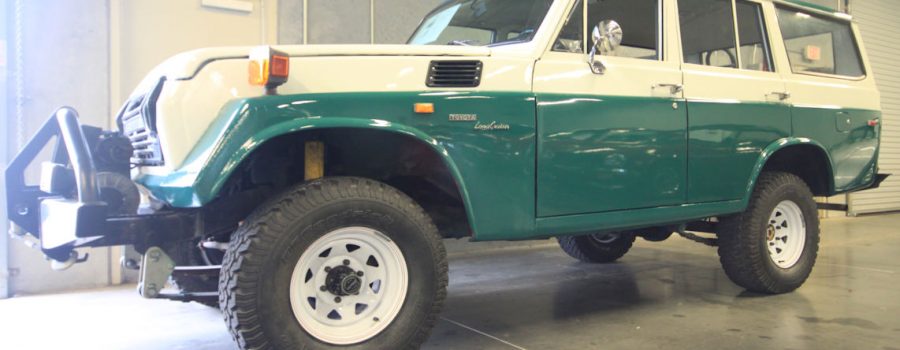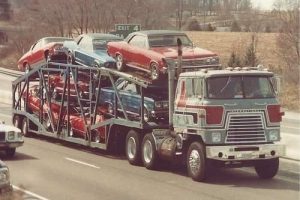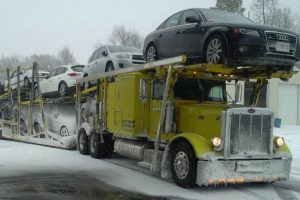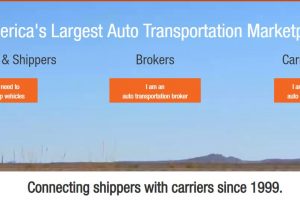- Pack no more than 100 lbs in the vehicle
- Half a tank of gas or less
- Does the vehicle have a major leak
- Check the tire pressure
- Disabled alarm
- Wash the car
- Know where your spare key is
- Remove the electronic toll device
What can I pack in my vehicle?
A few items (up to 100 lbs) in a suitcase or back pack can be secured in the trunk or backseat. All items must be below window level. The front seat must be clear with full travel forward and backward. Transports carrying your vehicle have DOT regulations concerning maximum weight. Extra items in your vehicle contribute the overall carrier weight. Overweight vehicles can result in fines and penalties to the carrier. Don’t pack fragile, expensive, illegal, dangerous or potentially harmful items in your vehicle. Auto carriers are not responsible for personal items stored in your vehicle. Therefore we don’t recommend shipping 100 lbs of gold and diamonds in your vehicle, sorry.
Don’t put more than half a tank of gas in the vehicle.
This adds weight to the vehicle and even a little bit can add up. A gallon of gas weighs roughly 6 lbs. 10 gallons is another 60 lbs. A large car carrier holds up to 10 cars. 10 extra gallons of gas per vehicle add up to 600 lbs to the load of the truck. I now this does not seem like a lot, but every bit adds up.
Does your vehicle have leaks?
It is always a good idea to periodically check your vehicle for leaks, not just when you’re getting ready to ship it. Look on the ground where you park your car. We’re looking for puddles here, not just a small drop. If you have puddles of fluid underneath your car it’s time for a visit to the mechanic. If the vehicle has a big leak the transporter may not load your car.
Check the tire pressure

If your vehicle does not have a TPMS (Tire pressure monitoring system) on newer vehicles an air pressure sticker located on the B pillar. Open the driver’s door and look for the tag around the door frame. This lists the recommended cold air pressure for your vehicle. You should check the pressures before you drive your car in the morning. Properly inflated tires helps ensure the vehicle can be load quickly and safely.
After Market alarm
Please, Please ensure the alarm is turned off. You can only imagine the discomfort and frustration a transport driver has to endure when an alarm on a vehicle they are carrying is blaring for 1500 miles. Nuf said!!
Give your vehicle a bath
There are many reasons to wash your car, one of which is to look it over for scratches and small dings. Before you transport your vehicle wash it. As you are giving it a bath, look for scratches, small dings, paint chips,etc. Before your vehicle is loaded onto the transporter the driver and you will conduct a visual inspection noting, mileage, condition, etc. You will receive a copy of this inspection also called a bill of lading. When your vehicle is off loaded for delivery, you and the driver will again inspect your vehicle to ensure it arrives in the same condition it left in. A clean vehicle ensures the inspection process documents a true condition of the vehicle.
A set of keys will stay with the vehicle
Ensure you know where your spare set of key are. Most importantly, don’t lock your spare set of keys in the vehicle.
Remove the electronic toll device
If you leave the transponder in your car you may get charged for tolls while your vehicle is on the transporter. A recent customer ran up $100 worth of tolls on a transport from Florida to Maine because they left their electronic toll device in the car.





